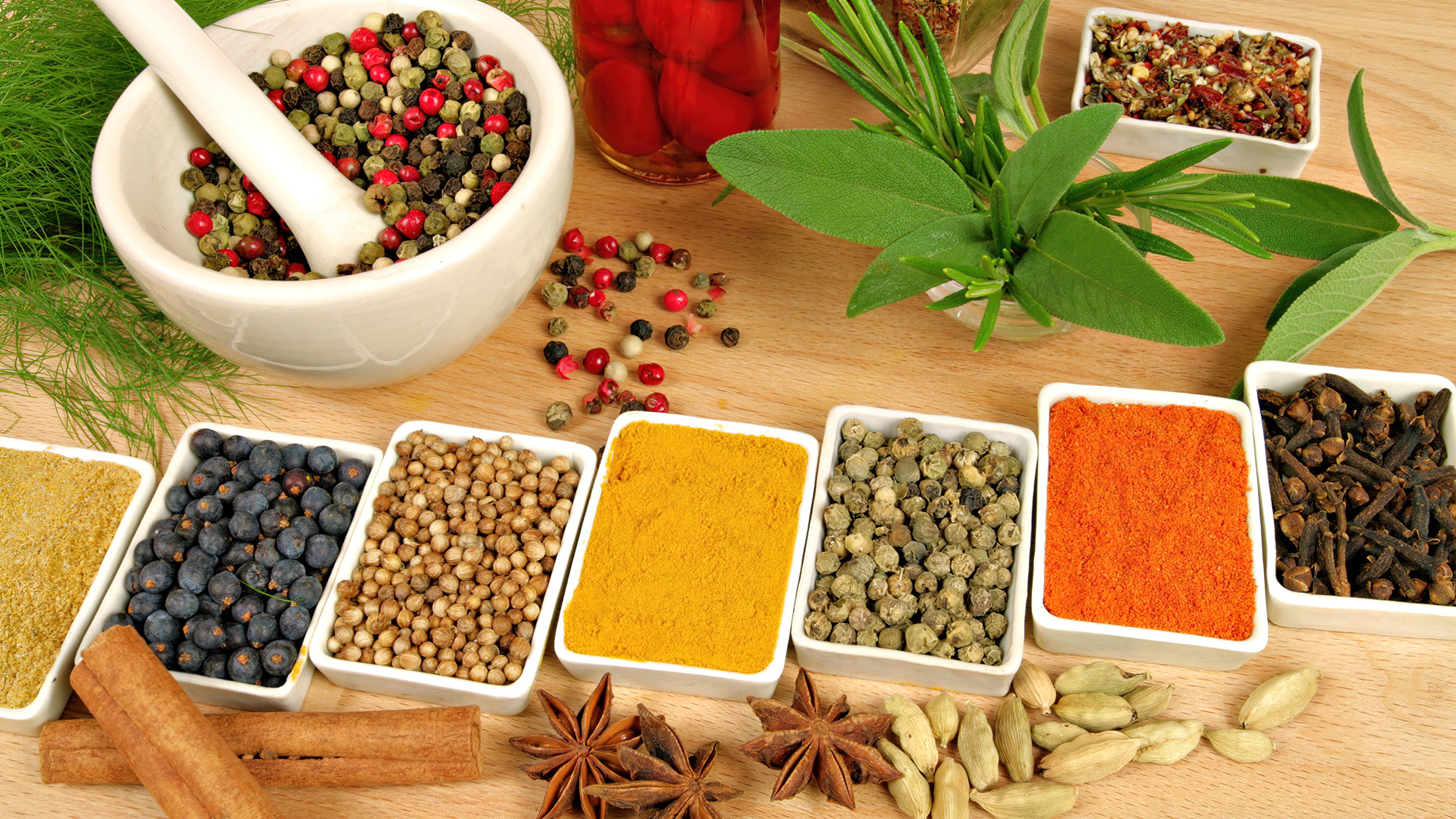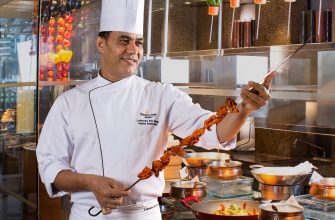Slow cooking is a culinary technique that involves cooking food at a low temperature over an extended period, allowing for tender and flavorful dishes. This method has gained popularity for its convenience, minimal hands-on time, and delicious results. In this article, we’ll explore tips and techniques to help you master the art of slow cooking.
-
Content
Choose the Right Slow Cooker
To achieve the best results, invest in a high-quality slow cooker. Look for one with a removable ceramic insert, tight-fitting lid, and adjustable heat settings. The size depends on your needs, but a 6-quart slow cooker works well for most families.
-
Prepare Ingredients Properly

Trim excess fat from meats to avoid greasiness. Cut vegetables into uniform sizes to ensure even cooking. For dishes with a mix of vegetables and meat, layer vegetables on the bottom and meat on top to prevent overcooking.
-
Use the Right Amount of Liquid
Avoid overfilling your slow cooker, as this can lead to uneven cooking. As a rule of thumb, fill it no more than two-thirds full. Keep in mind that ingredients release moisture during cooking, so you may need less liquid than in traditional recipes.
-
Add Delicate Ingredients Later

Some ingredients, like dairy products and delicate vegetables, can break down if cooked for too long. Add them during the last hour of cooking to maintain their texture and flavor.
-
Season and Brown
To maximize flavor, season your ingredients before slow cooking. For meats, consider browning them in a pan before adding them to the slow cooker. This step enhances the flavor and appearance of your dish.
-
Adjust Cooking Time
Slow cookers vary in heat settings and cooking times. As a general guideline, a dish cooked on low will take twice as long as one cooked on high. Use a meat thermometer to check for doneness and adjust the cooking time accordingly.
-
Allow Time for Food to Rest

After cooking, let your dish rest for 15-30 minutes before serving. This allows flavors to meld and makes it easier to slice meats.
-
Thicken Your Sauces
Slow cooking often results in thinner sauces. To thicken them, remove the lid during the last hour of cooking to allow evaporation. Alternatively, you can create a slurry by mixing cornstarch or flour with cold water and stirring it into the sauce.
-
Store and Reheat Leftovers Safely
Proper food handling is essential to prevent foodborne illnesses. Cool leftover slow-cooked dishes to room temperature before storing them in the refrigerator. Use airtight containers, and consume leftovers within 3-4 days. When reheating, ensure the food reaches an internal temperature of 165°F (74°C) for safety.
-
Experiment with Different Recipes

Slow cooking is incredibly versatile, suitable for various cuisines and ingredients. Experiment with different recipes to discover your favorites. From soups and stews to pot roasts and even desserts, the possibilities are endless.
Conclusion
Mastering the art of slow cooking is all about understanding the techniques, choosing the right equipment, and being open to experimentation. By following these tips and trying out various recipes, you’ll be well on your way to creating delicious, tender, and flavorful dishes with minimal hands-on time. Embrace the convenience and comfort of slow cooking, and expand your culinary repertoire with this time-honored technique.


